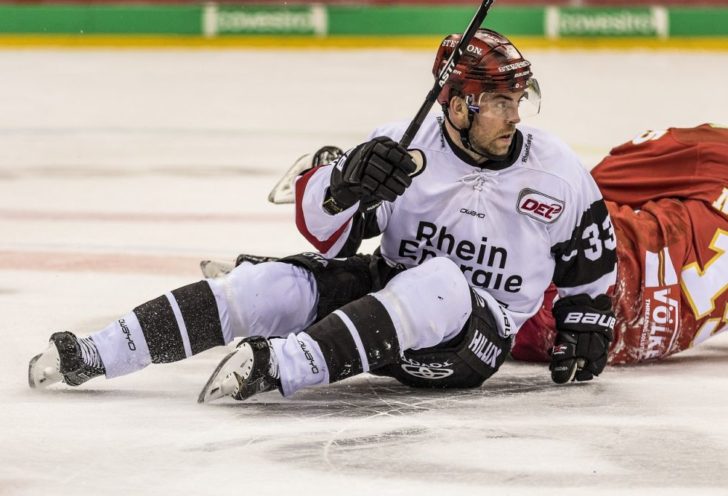Champions Hockey League: A Comprehensive Overview

Introduction:
The Champions Hockey League (CHL) is an annual ice hockey tournament that brings together the top European teams from different leagues. Founded in 2014, it aims to provide a platform for high-quality hockey and showcase the talent from across Europe. In this article, we will delve into the various aspects of the CHL, including its structure, popularity, quantitative measurements, differences between leagues, and a historical analysis of its advantages and disadvantages.
Understanding the CHL:

The CHL consists of teams from various European leagues, including the Swedish Hockey League, the Czech Extraliga, and the Swiss National League, among others. The participating teams qualify based on their performance in their respective domestic leagues. Thus, the CHL ensures that only the best teams compete against each other, enhancing the overall quality of the tournament.
The CHL is divided into three stages: the group stage, the knockout stage, and the finals. In the group stage, the teams are divided into several groups, and each team plays a home and away match against the others in the group. This not only provides a fair chance for each team but also offers an opportunity for fans to witness thrilling matches.
Following the group stage, the knockout stage commences, wherein teams compete in a two-legged playoff format. The final stage showcases the top teams battling for the coveted Champions Hockey League title.
Popularity of the CHL:
The CHL has gained immense popularity among ice hockey enthusiasts in Europe. Fans eagerly follow the tournament to catch a glimpse of their favorite teams in action and witness the exhilarating matches. Furthermore, the CHL has garnered significant attention from sponsors and broadcasters, thereby further increasing its prominence.
Quantitative Measurements:
The CHL’s success can be measured through various quantitative metrics. Television viewership figures provide a crucial indicator of the tournament’s popularity. Additionally, social media engagement, such as the number of likes, shares, and comments on CHL-related content, demonstrates the level of fan involvement.
Another quantitative measurement is the attendance at CHL matches. The number of spectators in arenas reflects the fans’ excitement and support for the tournament. These metrics help evaluate the CHL’s impact and allow for future improvements.
Differences between CHL Leagues:
One interesting aspect of the CHL is the varying playing styles and strategies adopted by teams from different leagues. The Swedish Hockey League, for instance, emphasizes fast-paced, offensive gameplay, while the Czech Extraliga focuses on precise passing and technical skills. Understanding these differences adds an extra layer of excitement and intrigue to the tournament.
Historical Analysis of Advantages and Disadvantages:
Over the years, the CHL has faced both advantages and disadvantages. One advantage is the opportunity for teams to challenge themselves against top-caliber opponents. For smaller leagues, participating in the CHL allows them to showcase their talent and gain international recognition.
However, participation in the CHL can also present challenges, such as schedule congestion for teams involved in multiple leagues. Additionally, the CHL’s format and scheduling have occasionally been a subject of debate, with concerns raised about player fatigue and injury risks. Despite these concerns, the CHL continues to evolve, seeking to strike a balance that benefits all parties involved.
Conclusion:
The Champions Hockey League provides a thrilling platform for European teams to compete against each other and showcase their prowess. With its unique structure, diverse leagues, and varying playing styles, the CHL captivates ice hockey fans across Europe. As the tournament continues to grow and adapt, it remains a significant and highly anticipated event in the world of hockey.
References:
– Champions Hockey League official website: www.championshockeyleague.com





















